Capacity Management Strategies If IT was like a restaurantthen capacity management should be like the restaurant manager (aka Maître D') Unfortunately, too many organizations are using capacity management as the cleanup department When something goes wrong, capacity management fixes it 3 Types of Capacity Management Capacity management is the process of planning the resources required to meet business demands This includes capacity forecasting, planning, monitoring and performance analysis This can happen at three levels in an organizationThe first is called level scheduling, where you try and maintain a steady workforce with a steady schedule The second is the chase strategy, where you maintain a level workforce and increase your workforce as demand increases This may mean using overtime or hiring temporary employees

You Are The Production And Operations Manager For Chegg Com
Level capacity strategy characteristics
Level capacity strategy characteristics-Match Strategy The Match Strategy is the middle road between the Lead and Lag Strategies Rather than substantially boosting capacity based on expected or actual increases in demand, the Match Strategy emphasizes small, incremental modifications to capacity based on changing conditions in the marketplaceLevel capacity strategy The organisation produces or manufactures at a constant rate of output avoiding any changes or fluctuations within customer demand levels This frequently implies stockpiling or higher holdings of inventory while customer demand levels reduce Explain embedding knowledge, "Embedding Knowledge" Please respond to the fo




Aggregate Capacity Planning Pdf Free Download
Ii) empirical estimates of capacity for specific equity strategies;In other words, Manager A is tied to the "chase demand" strategy, and his counterpart, Manager B in the adjacent office, is locked into the "level capacity" strategy However, each desires toRequirement (a) Level Capacity Strategy difficult for a firm wishing to adopt a JIT philosophy About level capacity Level capacity involves building inventory levels to deal with increases in demand beyond 'normal' This suggests a building of buffer stocks of (for instance) cars to deal with excess demand The notion of buffer stocks is wholly inconsistent with a firm wishing to
This A level Business revision tutorial investigates the concept of capacity utilisation in a business and the strategies managers may use if capacity utilisThe level capacity strategy, the focus is on the process where product output remains at a somewhat fixed level and increases/decreases in demand are satisfied through strategic decisions of utilizing inventory (maintain buffer stock), outsourcing and backorders In comparison to level capacity strategy is adjusting capacity to follow Lag strategy is a conservative method of capacity planning that ensures your costs are as low as possible The potential downside to this strategy is that it can create a lag in the delivery of products or services to customers, which is where the name comes from
Capacity planning is the process used by a business to determine the resources it will acquire to meet the demand for its products or services The more capacity a company has, the more output inChase Capacity Management Opposite to the level capacity management is the chase capacity, " organisations could decide to match capacity and demand by altering the availability of resources This might be achieved by employing more people when it is busy and adopting strategies such as overtime and additional shiftsLevel Capacity Plan The inventory size is varied keeping the workforce size and utilization of work constant The number of workers ( working size) is kept constant throughout the time period under consideration During months of low demand the excess units required over the units produced are taken from the inventory



Using Expanded Real Options Analysis To Evaluate Capacity Expansion Decisions Under Uncertainty In The Construction Material Industry



Is Muni Cz El Econ Jaro09 Phom Um Chapter 11short Pdf
Under the chase strategy, production is varied as demand varies With the level strategy, production remains at a constant level in spite of demand variations In companies that produce to stock, this means that finished goods inventory levels will grow during low demand periods and decrease during high demand periods Click to see full answer Capacity planning is described as a tool to minimize the discrepancy between the capacity of a business entity and customer demands Demand for capacity is variable as it is based on changes in production output of an existing product or in the production of a new productLevel capacity strategy Author Vemiyota Maberozi Subject Level capacity strategy Q4 10% Suppose random variable X has a discrete uniform distribution on {1,2,3,,10), ie, X tak Created Date PM




Chapter 11 Aggregate Planning And Master Scheduling Chapter




Services Cobol Technology Evaluation System Engineering Design Business Design
Question question in order to use the level capacity strategy, variation in demand are met by select one a using some combination of inventories, overtime, part time, subcontracting and back orders b varying output by changing overtime levels C varying output during regular time without changing employment levels d price adjustments e Aggregate capacity is the total amount of capacity required or available to carry out a function It also tells about the 3 best strategies for aggregate planningThey are level strategy, Chase strategy and hybrid strategy Aggregate planning is the process of developing, reviewing, analyzing, and maintaining aggregate plansA capacity strategy in which capacity is added only after demand has materialized One capacity strategy has advantages which include "reduced risk of overbuilding and greater productivity due to higher utilization levels" and risks which include "reduced availability of products or services during periods of high demand"
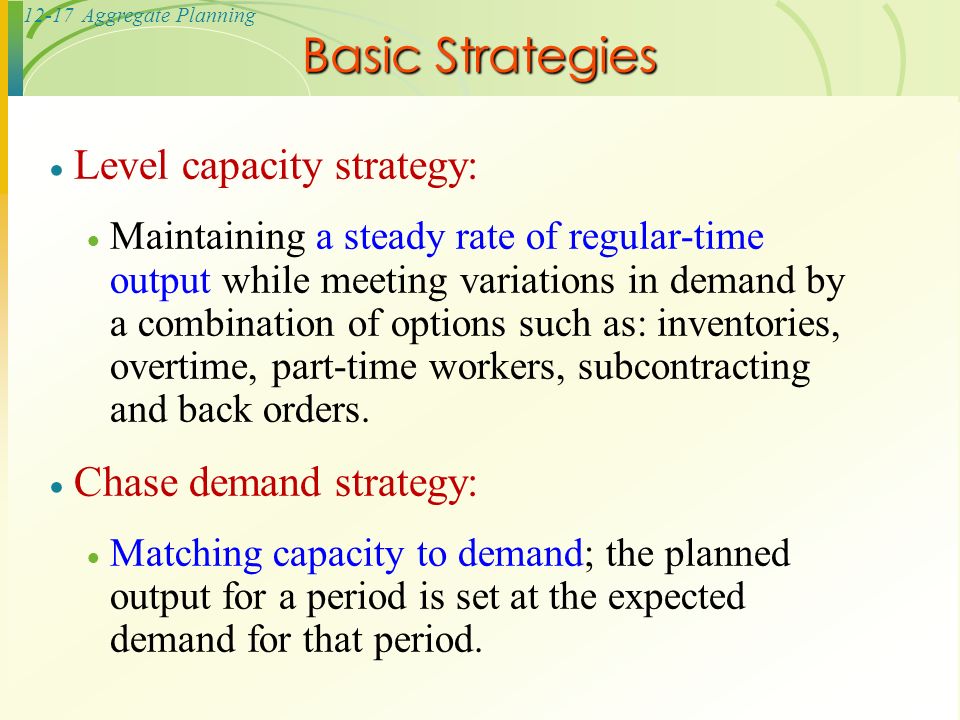



Operations Management Ppt Video Online Download




Inventory Management 101 The Master Production Schedule Mps Explained Optipro Software
Capacity and how much to increase capacity are critical decisions Figure 111 (a), (b), and (c) show three basic strategies for the timing of capacity expansion in relation to a steady growth in demand • Capacity lead strategy Capacity is expanded in anticipation of demand growth This In order to use the "level capacity strategy," variations in demand are met by A varying output during regular time without changing employment levels B varying output during regular time by changing employment levels C (a) and (b) D using combination of inventories, overtime, part time, and back orders E price adjustments For any hotel, airline, restaurant or other service establishment all of the capacity could be filled with customers if the price were low enough But the goal is always to ensure the highest level of capacity utilization without sacrificing profits Heavy use of price differentiation to smooth demand can be a risky strategy
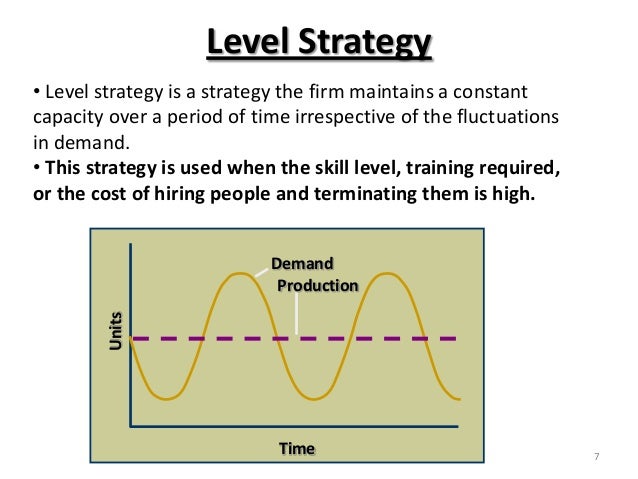



Models Of Aggregate Planning




Optimal Production Strategy Under Demand Fluctuations Technology Versus Capacity Semantic Scholar
In order to use the "level capacity strategy," variations in demand are met by A varying output during regular time without changing employment levels B varying output during regular time by changing employment levels C (a) and (b) D using combination of inventories, overtime, part time, and back orders E price adjustments Capacity planning strategy involves the process used to determine the resources manufacturers need to meet the demand for their products or services The level of capacity directly relates to the amount of output in the form of goods and services manufacturers can produce to satisfy customer demand The article addresses the estimation of capacity for an equity fund that forms portfolios based on a given investment strategy It fits within three strands of literature i) theoretical models of optimal trading or portfolio construction under alpha erosion and trade frictions;




Ie 3265 Production Operations Management Slide Series




How Is Yield Management Implemented In Airline Industry Ayat Saleh
The overall objective of strategic capacity planning is to reach an optimal level where production capabilities meet demand Capacity needs include equipment, space, and employee skills If production capabilities are not meeting demand, it will result in higher costs, strains on resources, and possible customer lossCapacity Planning Approaches There are four principle methods to approach capacity planning Each method is based on reacting to or planning for market fluctuations and changing levels of demand These capacity planning strategies are match, lag, lead, and adjustment MatchIn other words, a level strategy is an aggregate plan in which production is uniform from period to period Firms like Toyota and Nissan keep production at uniform levels and may (1) let the finished goods inventory go up or down to buffer the difference between demand and production, or (2) find alternative work for employees
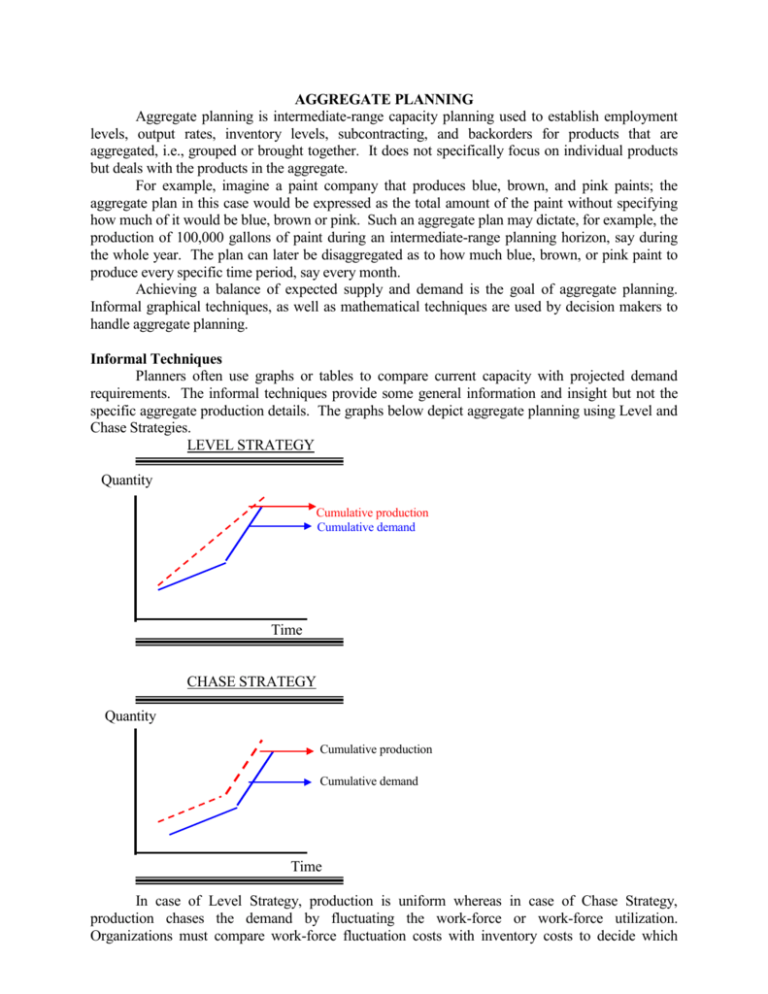



Aggregate Planning




Capacity Strategy 26 And 31 1 Economies Of Scale Strategic Management
LEVEL STRATEGY A level strategy seeks to produce an aggregate plan that maintains a steady production rate and/or a steady employment level In the context of the problem posted by you following the level strategy means incurring additional subcontracting costs at least twice This is to offset the shortfall in production because of the level There are three commonly recognized capacity strategies lead, lag, and tracking A lead capacity strategy adds capacity in anticipation of increasing demand A lag strategy does not add capacity until the firm is operating at or beyond full capacityThe chase strategy has the highest peak capacity requirement This means that facilities, both production and warehousing, will need to be larger than the other two strategies would require In addition, those facilities will not be 100% fully utilized, except for those rare occasions when you are at peak capacity



1




Capacity Planning Prezentaciya Onlajn
CAPACITY BUILDING STRATEGY COMMUNICATIONS SUPPORT FOR HEALTH PROGRAM The purpose is to achieve a high level of ownership and motivation on the part of GRZ 2 Capacity Assessment/Identification of Gaps/Needs At the beginning of the program, the team conducted capacity assessments to ascertain An approach to aggregate planning that attempts to match supply and output with fluctuating demand Depending on the product or service involved, the approach can incur costs by the ineffective use of capacity at periods of low demand, by the need to recruit or lay off staff, by learningcurve effects, and by a possible loss of quality The advantages include low storageCapacity development responsibilities under one umbrella to tackle some of the systemic in order capacity constraints and address new capacity emanating from the new programme elements needs This CD Strategy provides a framework to coordinate and implement CD in a systematic and efficient manner




Strategy Under Uncertainty



1
– Chase strategy sync production with demand, hiring and firing as needed – Time flexibility from workforce or capacity strategy assumes labor pool can work variable hours (incl overtime), has lower inventory& utilization, – Level strategy – keep capacity & labor usage constant, either stockpile inventory or short orders as neededThe Extremes Level Strategy Chase Strategy Production equals demand Production rate is constant Basic Aggregate Planning Strategies for Meeting Demand Level capacity strategy Keeping work force constant and maintaining a steady rate of regulartime output while meeting variations in demand by a combination of options (such as using inventories 3 Hybrid strategy for an aggregate planning As the name indicates, the Hybrid strategy is an integration of both level and chase strategies to get a better result It maintains a sufficient balance between stock level, recruiting, termination and production rate In the hybrid strategy of aggregate planning, the organizations build up




Consultation On Gnc Draft Capacity Building Strategy Nutrition Cluster




Processes Technology And Capacity Online Presentation
John Spacey, Capacity strategy is an approach to increasing and decreasing business capacity to meet demand Capacity includes things like labor and equipment that can be scaled to increase business output The following are common types of capacity strategyChapter 7 Capacity Planning and Management Learning Outcomes After reading this chapter you should be able to • Define and measure capacity and appreciate the factors that influence it • Assess the difficulties of matching capacity to demand • Evaluate and apply the different strategies for matching capacity with demand in the short,Level capacity strategy When an organization adopts the level capacity strategy then it manufactures at a constant output rate It does not consider any fluctuation or change in the level of demand This may lead to stockpiling or holding of inventory in high quantity, when there is a decrease in the demand level




Production Planning Wikipedia




Evaluating Alternative Capacity Strategies In Semiconductor Manufacturing Under Uncertain Demand And Price Scenarios Sciencedirect
This revision video provides an overview of the concept of capacity, capacity utilisation and some of the issues facing businesses operating at low or high u




Lecture 15 Chapter 11 Capacity Planning And Control Studocu




Pdf Lean Capacity Planning Planning For Maximising Customer Value Semantic Scholar




11 Managing Resources Flashcards Quizlet




Capacity Planning Meaning Classification And Its Goals




The Mighty Five Ways Pmos Can Drive Sustainable Competitive Advantage 3 Business Strategy Execution Sciforma




Aggregate Planning Strategy Organization Levels System Examples Model Type Company System



Overcoming Obstacles Of Supply Chain Synchronization Gexso
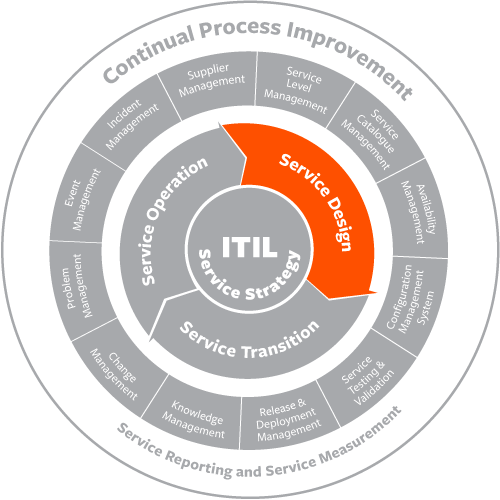



Itil Capacity Management Bmc Software Blogs
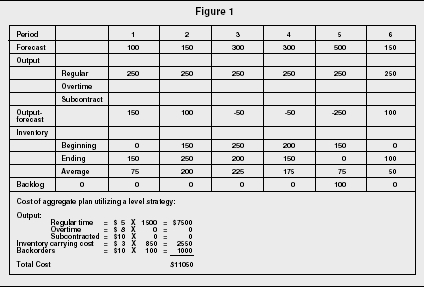



Aggregate Planning Strategy Organization Levels System Examples Model Type Company System




Basic Strategies Level Capacity Strategy Chase Demand Strategy Ppt Download
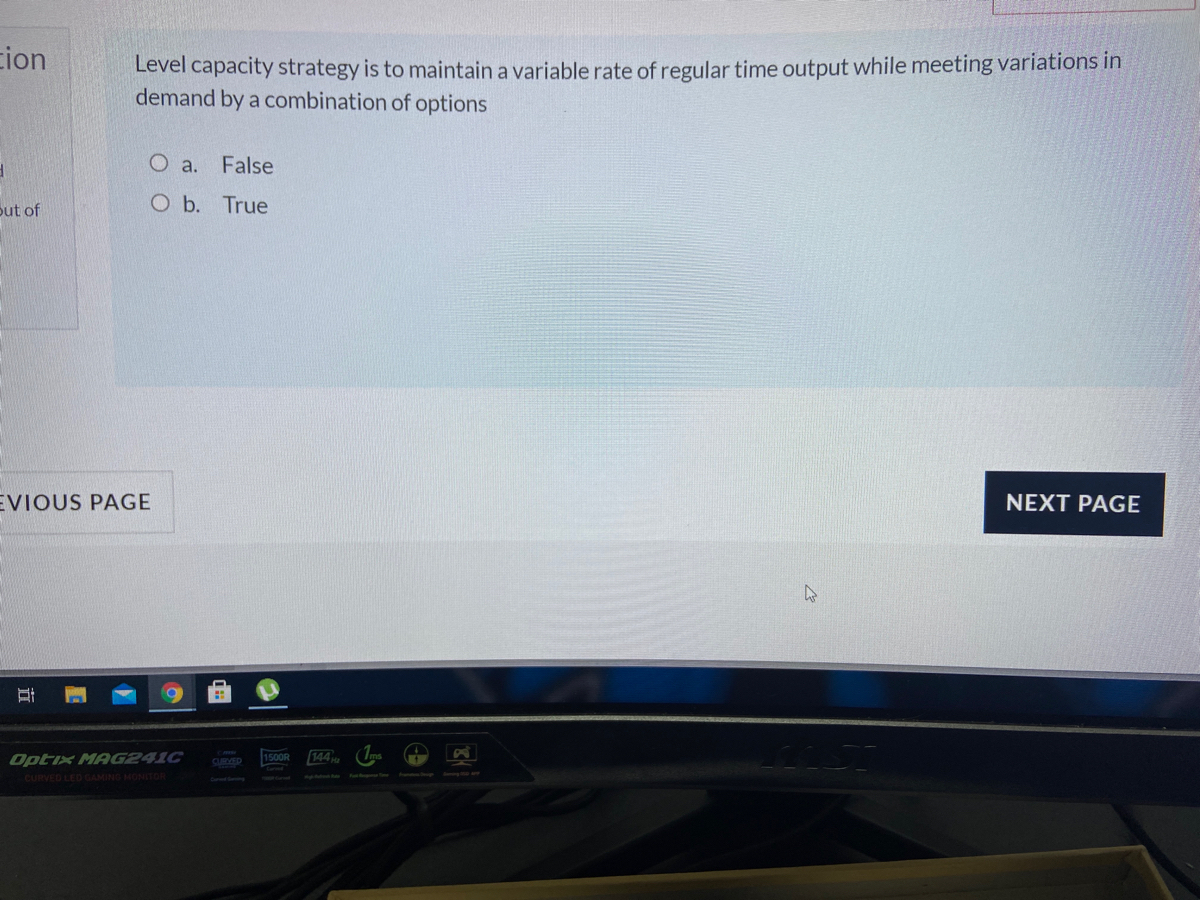



Answered Level Capacity Strategy Is To Maintain Bartleby




3 Barriers To Organizational Digital Strategy By Brad Schenck Caldana Thedigitalplan Medium
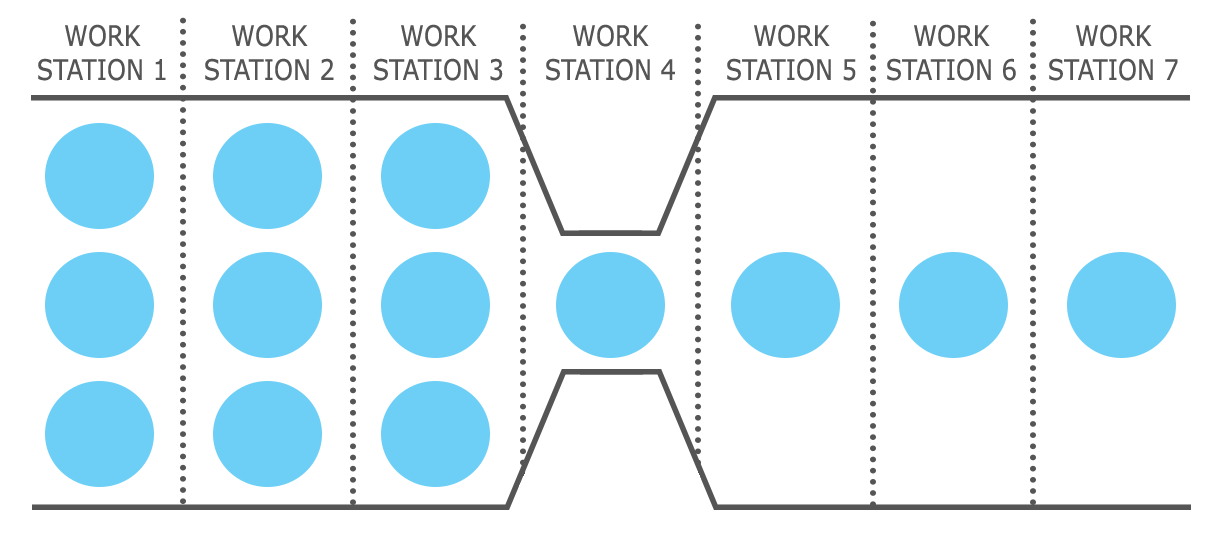



Strategic Capacity Planning Introduction To Operations Management




Capacity Planning Types Lead Lag Average Strategies Video Lesson Transcript Study Com
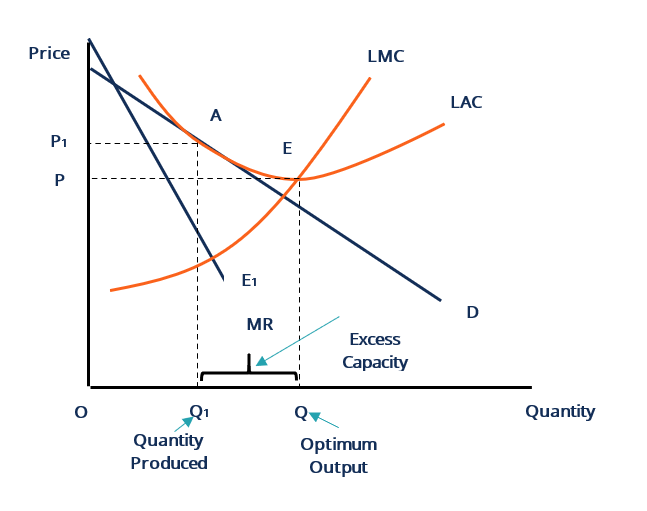



Excess Capacity Overview Causes And How To Monetize It




Capacity Management Studocu




Aggregate Capacity Planning Pdf Free Download



M Dc Operations Strategy



Top Level Strategy Map Aces Resilience Resource Commons For Communities




Capacity Strategy Some Factors Influencing The Overall Level Of Capacity Forecast Level Of Demand Consequences Of Over Under Supply Availability Of Ppt Download




Demand And Capacity Management Options Adapted From Fitzsimmons And Download Scientific Diagram



4 Levels Of Service




3 Types Of Capacity Planning Strategies Valq
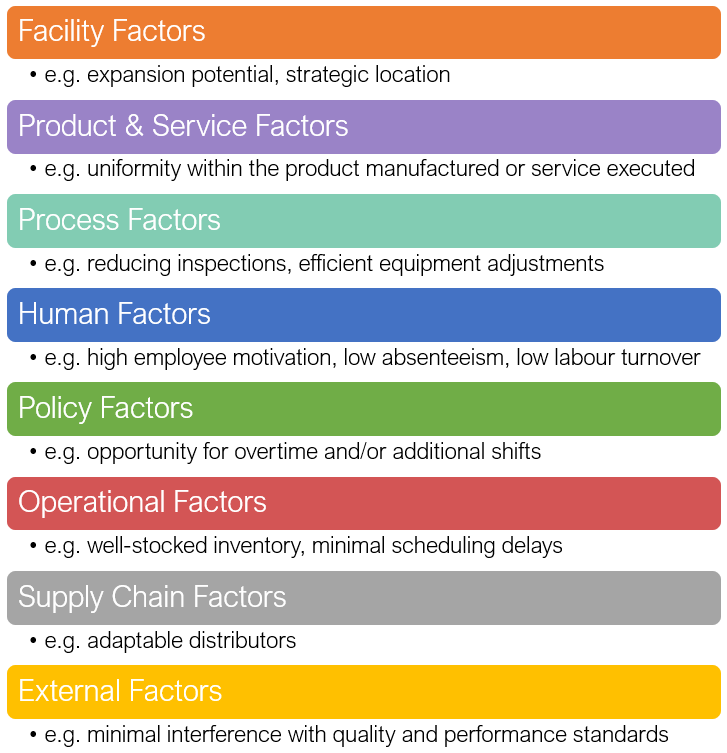



Strategic Capacity Planning Introduction To Operations Management




Why You Need Supply Chain Planning Software




Warehouse Dc Management Inventory Management Requires An End To End Approach Logistics Management




Demand And Capacity Planning In The Emergency Department How To Do It Emergency Medicine Journal




Entries For Thursday 25 October 07 Sergio S Blog




Production Planning Wikipedia




Quick Guide How To Write A Strategic Plan Smartsheet
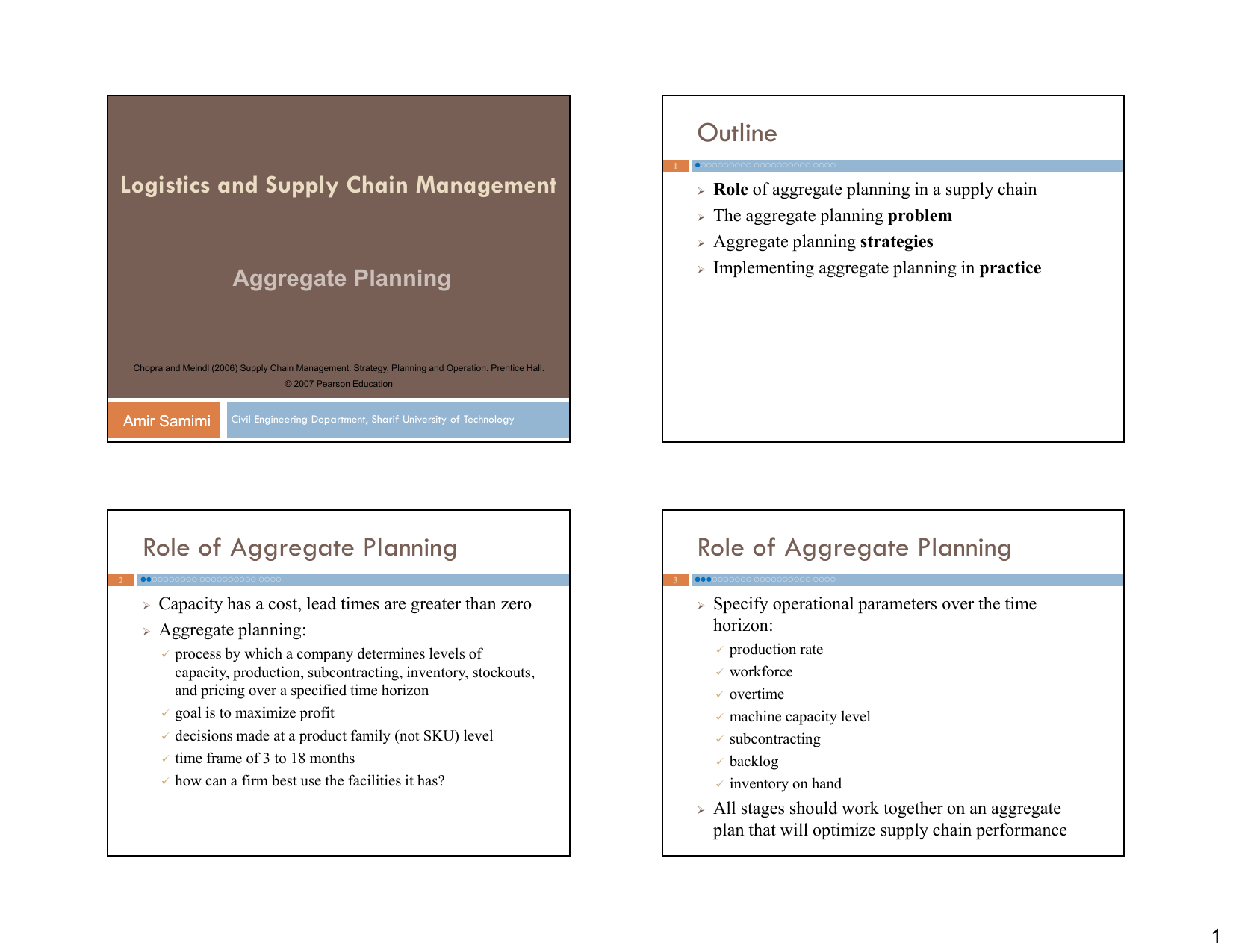



08
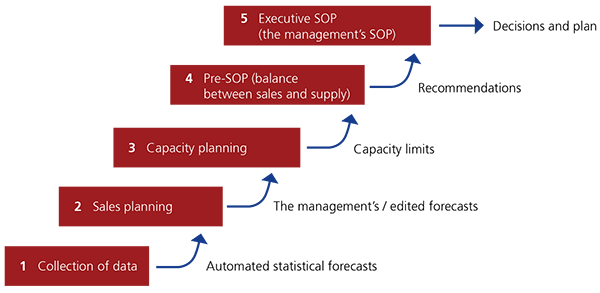



Sales And Operations Planning Relex Solutions




What Are The Right Decisions To Drive Strategy




Long Term Capacity Management Linking The Perspectives From Manufacturing Strategy And Sales And Operations Planning Sciencedirect




Basic Strategies Level Capacity Strategy Chase Demand Strategy Ppt Download




A Current Issue In Production Operations Management By Jennifer Feng




Strategic R D Portfolio Management Vs Operational Capacity Planning A Tale Of Two Disciplines Enrich Consulting




Demand And Capacity Management Options Adapted From Fitzsimmons And Download Scientific Diagram




Capacity Strategy Economies Of Scale Strategic Management




Evaluating Capacity Development Better Evaluation



1



Is Muni Cz El Econ Jaro09 Phom Um Chapter 11short Pdf
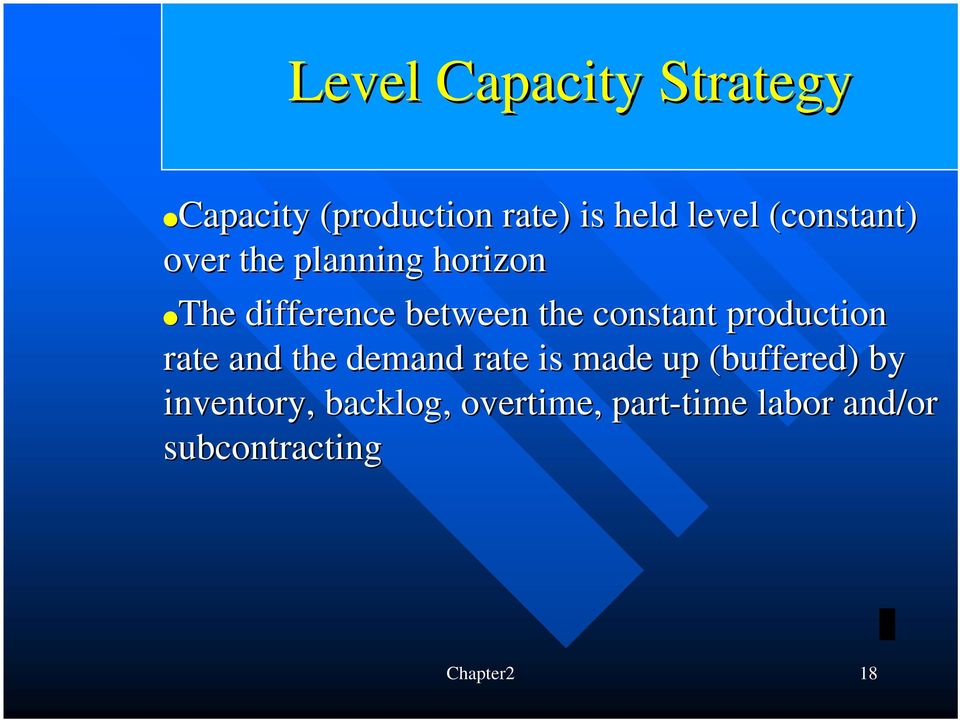



Production Planning Control Chapter 2 Aggregate Planning Master Production Scheduling Chapter2 1 Pdf Free Download
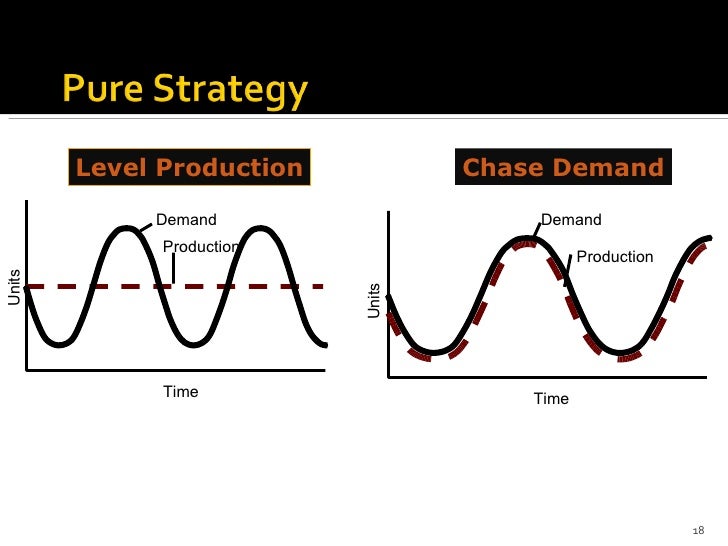



Productionplanning Aggregate Capacity




Achieving Economies Of Scale Strategy Tools From Mindtools Com




Aggregate Planning Planning Horizon Aggregate Planning Intermediate Range
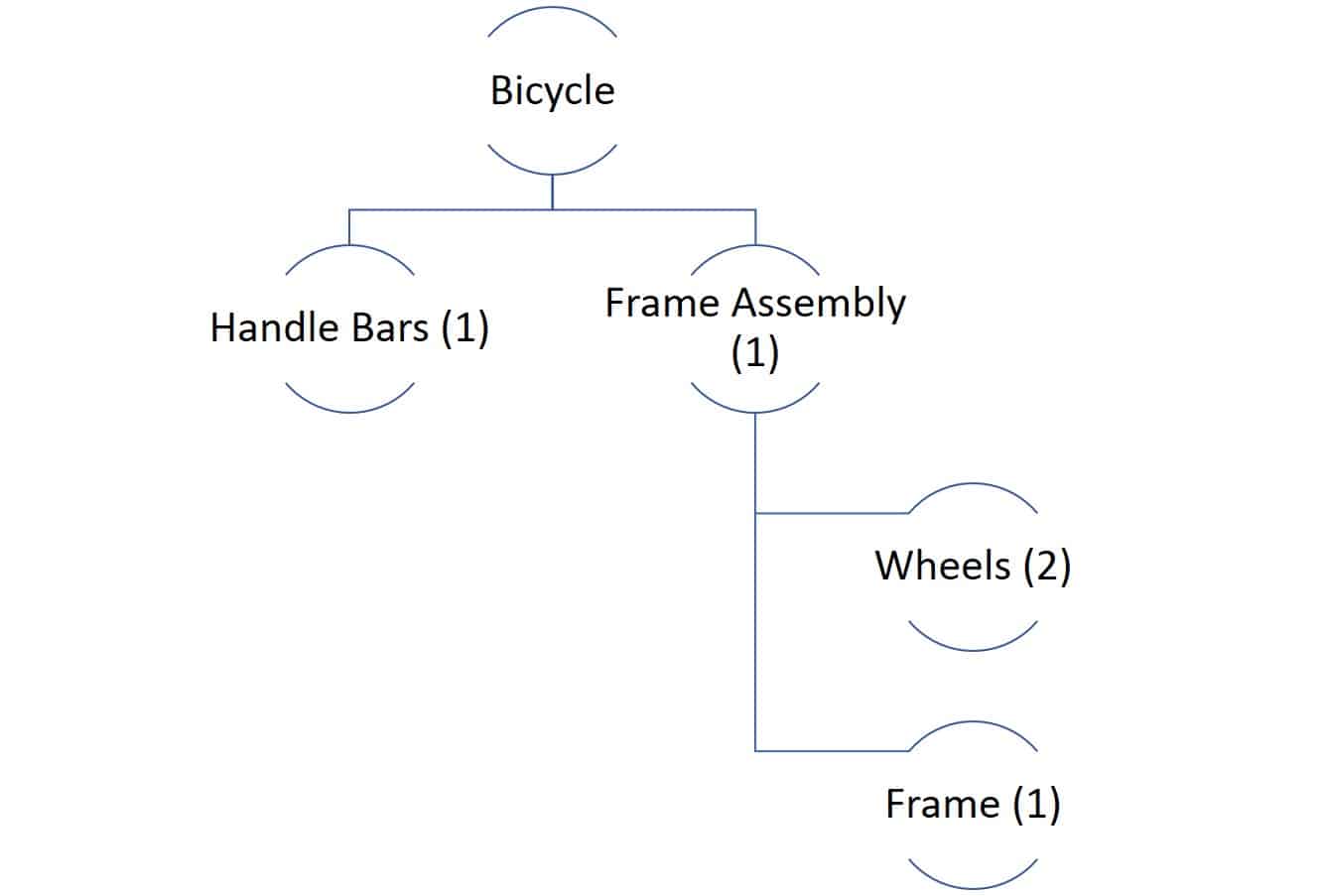



Everything You Need To Know About Material Requirements Planning Mrp Smartsheet




Bakery S Cif Introduction To Capacity And Facilities



1




Coronavirus S Impact On Supply Chain Mckinsey




Michelle Barker She Her My Blog On Our Oecd Report On Digital Workforce Capability For Research Highlights A Recommendation Applicable To Any Organisation Community To Evaluate And Improve Their Digital Workforce Capacity




Sales And Operations Planning Aggregate Planning Production Planning




Everything About Capacity Planning Strategies Its Benefits




The Dynamic Synchronization Of Strategy And Information Technology




Operations Management Lesson 8 Flashcards Quizlet
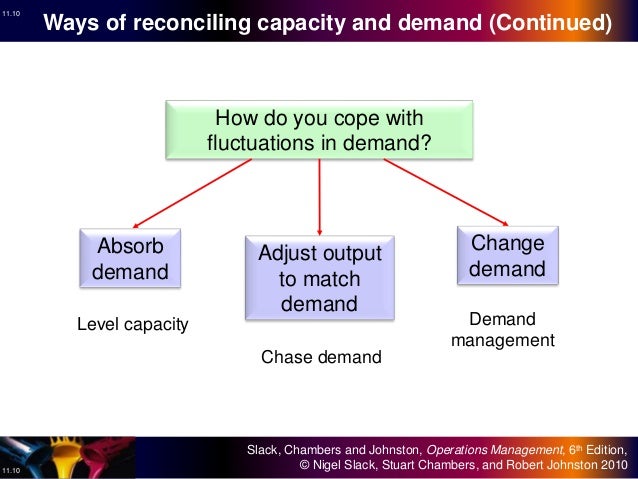



11 Capacity Planning And Control Operations Management




3 Types Of Capacity Planning Strategies Valq



Myclass Dau Edu cswebdav Xid 4 2
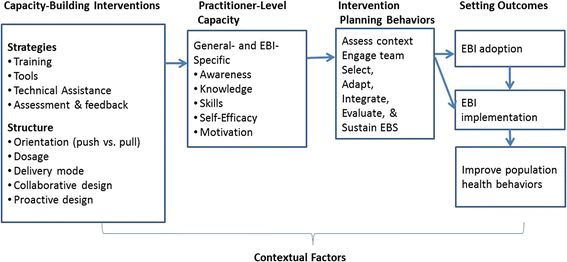



What Strategies Are Used To Build Practitioners Capacity To Implement Community Based Interventions And Are They Effective A Systematic Review Implementation Science Full Text
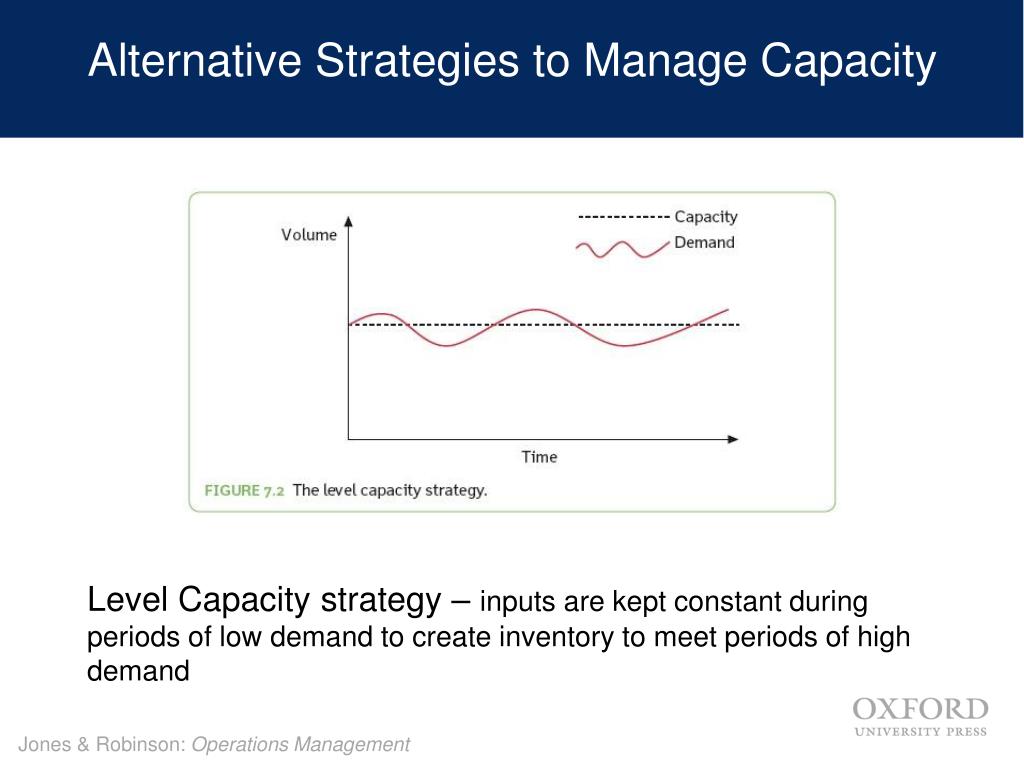



Ppt Capacity Management Powerpoint Presentation Free Download Id




Solved Part Ii Assume The Company Wants To Use A Level Ca Chegg Com




Everything About Capacity Planning Strategies Its Benefits




You Are The Production And Operations Manager For Chegg Com



Www Open Ac Uk Centres Policing Sites Www Open Ac Uk Centres Policing Files Files Outputs An evaluation of demand management practices in uk final report Pdf




11 Capacity Planning And Control Operations Management




Evaluating Capacity Development Better Evaluation




Chapter 13 Production Planning Supplemental Slides 1 Overview




Multi Level Model For Building Capacity For A National Quality Download Scientific Diagram




How Cement Companies Create Value The Five Elements Of A Successful Commercial Strategy Mckinsey
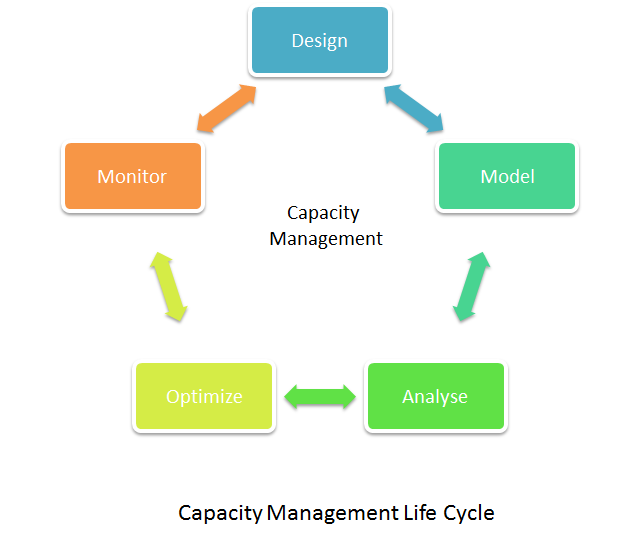



What Is Capacity Management Definition And Faqs Omnisci




What Is Capacity Planning Examples Types Optimoroute
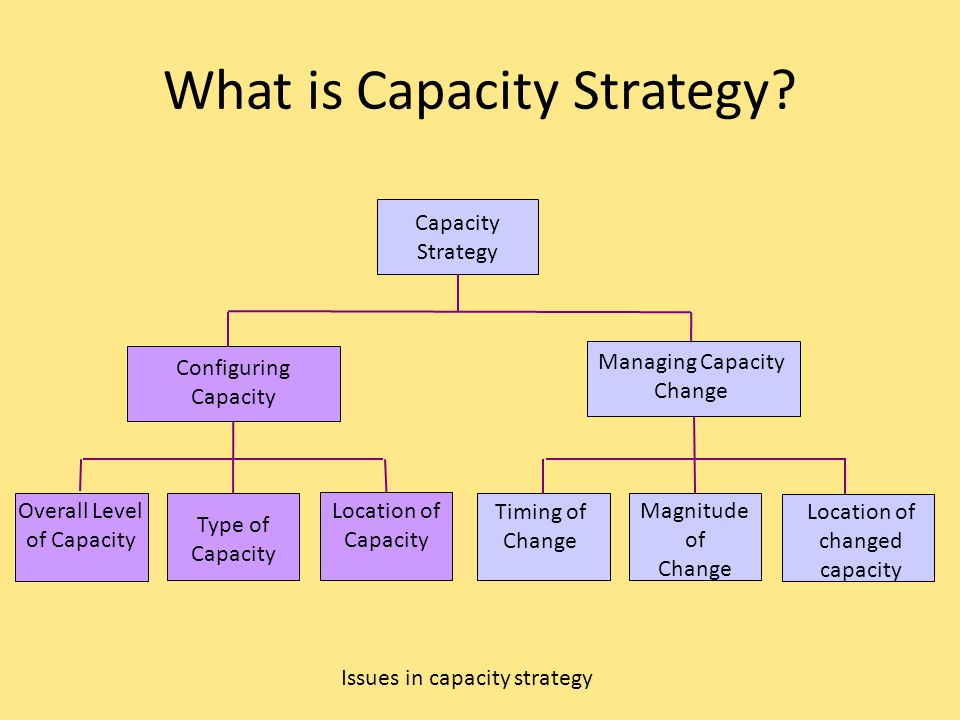



Operations Strategy Capacity Strategy Ppt Video Online Download




Covid 19 Decontamination And Reuse Of Filtering Facepiece Respirators Cdc




Solved Level Capacity Strategy Is Considered As A Proacti Chegg Com




Ramping Up Supplier Capacity In Volatile Times Article Spain Kearney
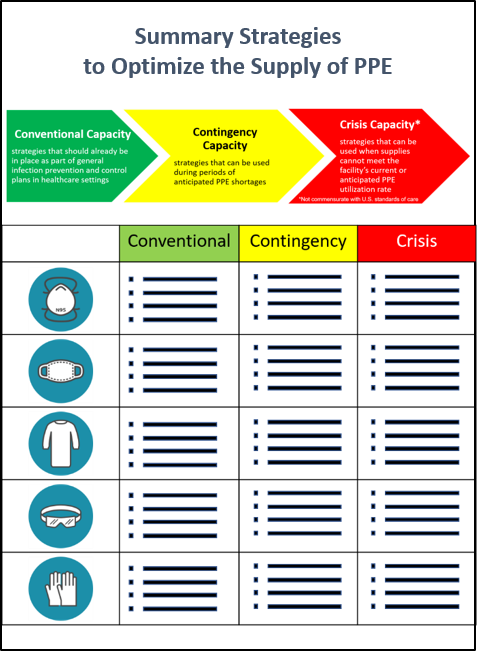



Covid 19 Strategies For Optimizing The Supply Of Ppe Cdc




Capacity Utilisation Tutor2u
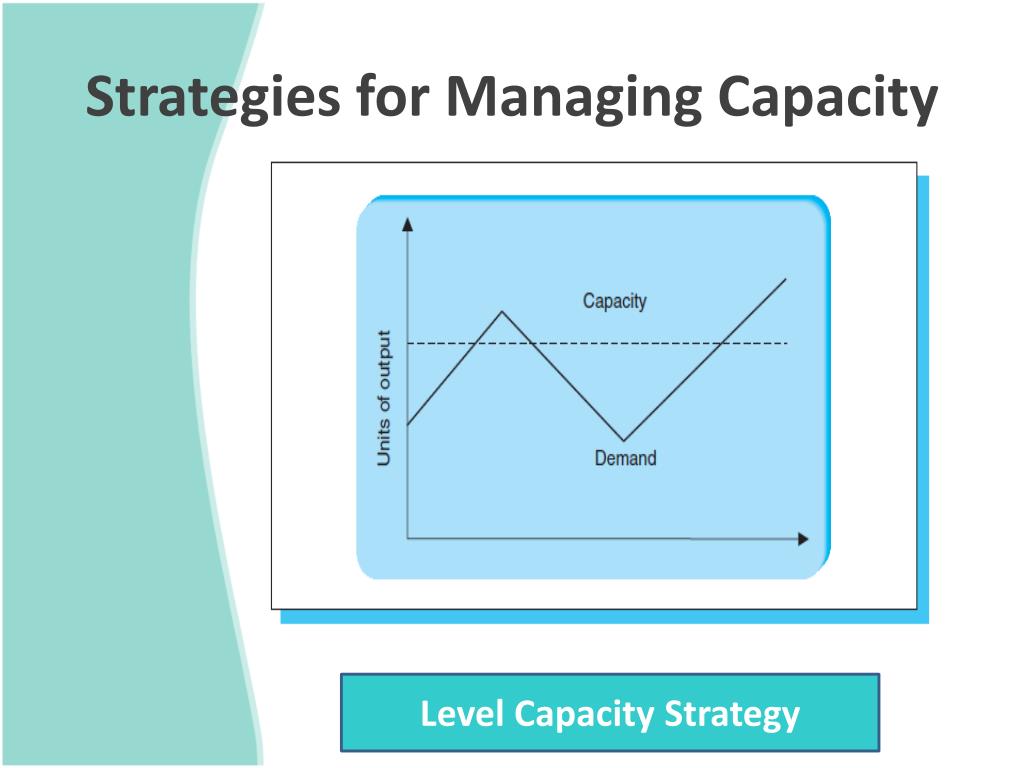



Ppt Capacity And Scheduling Management Powerpoint Presentation Free Download Id




What Is Capacity Planning Examples Types Optimoroute
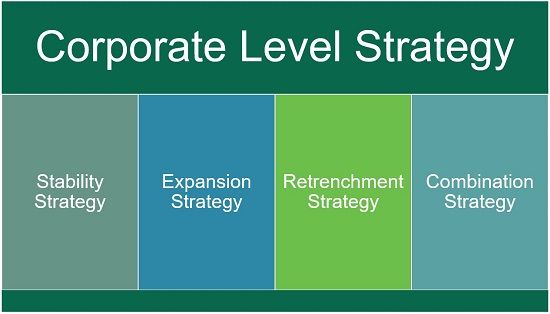



What Is Corporate Level Strategy Definition Salient Features And Classification Business Jargons




Capacity Planning Overview And Key Concepts Youtube




Itec 4030 Lecture 4 Three Capacity Management Strategies Notes
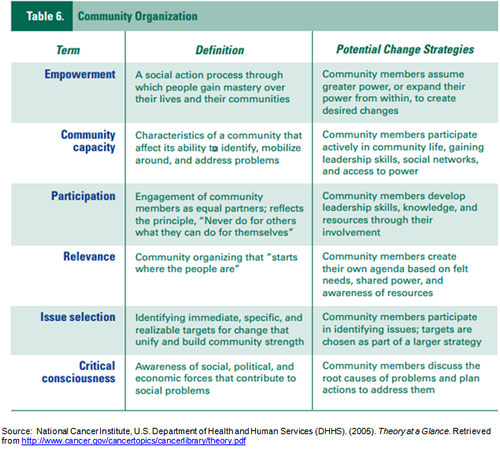



University Of Maryland School Of Nursing




Roadmap Scaled Agile Framework



0 件のコメント:
コメントを投稿